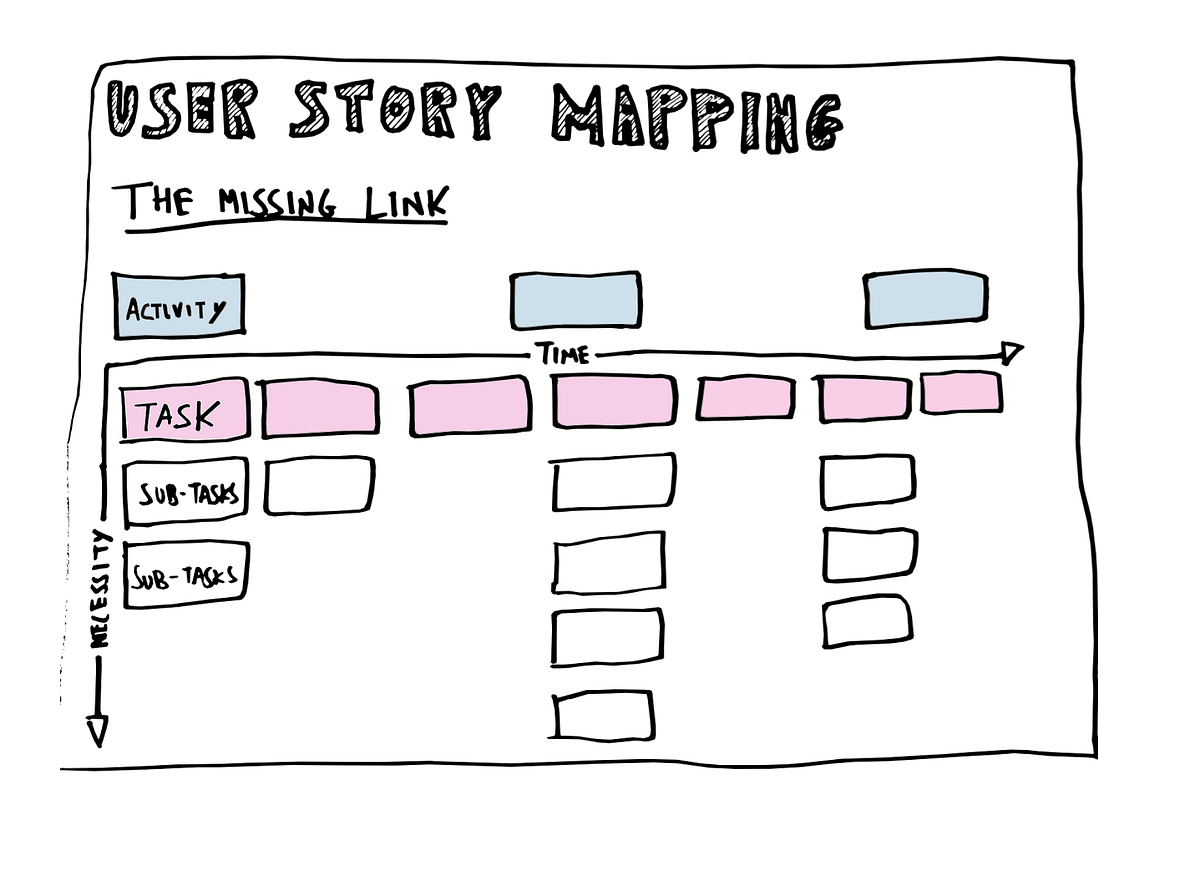How Can I Tell If a User Story Is Too Large?

In Agile development, user stories are designed to be small, actionable units of work that deliver value to the end user. But one of the most common challenges product teams face is creating user stories that are too large. Oversized stories—often called “epics in disguise”—can slow down sprints, reduce predictability, and create confusion about scope and completion.
So, how can you tell if a user story is too large, and what should you do about it? Let’s explore the warning signs, reasons, and practical solutions.
1. Why Story Size Matters
Agile thrives on iteration, fast feedback, and incremental delivery. If a user story is too large, teams lose those advantages. Problems include:
-
Poor sprint predictability – Large stories often spill over into multiple sprints.
-
Delayed feedback – The user doesn’t see value until all work is done.
-
Testing difficulties – QA can’t validate the story incrementally.
-
Hidden complexity – Larger stories often contain unspoken assumptions and edge cases.
In short, smaller stories = faster learning + more flexibility.
2. Signs That a User Story Is Too Large
Here are the most common indicators:
a. It Can’t Be Completed Within One Sprint
If your team consistently can’t finish a story in a single sprint, it’s too big. Agile stories should generally be deliverable within a sprint (2–3 weeks max).
b. It Requires Multiple Teams to Complete
If one story spans front-end, back-end, and DevOps without a clear slice of value, it’s more of an epic than a story.
c. It Contains Multiple Acceptance Criteria Sets
Acceptance criteria should revolve around one clear goal. If the list starts looking like a full spec sheet, you’re cramming multiple stories into one.
d. It Feels Vague or Overly Broad
Stories like “As a user, I want to manage my profile” are too high-level. Managing a profile may include editing personal info, changing passwords, and updating preferences. Each of these is a separate story.
e. It Can’t Be Estimated Easily
If the team struggles to give story points or estimates because it feels too complex, that’s a red flag.
3. Common Reasons User Stories Become Too Large
-
Epics Masquerading as Stories – Large goals often get mistakenly written as stories.
-
Unrefined Backlog – Without grooming, big ideas stay vague.
-
Trying to Capture Every Detail at Once – Teams sometimes overload one story with too many variations.
-
Fear of Splitting Value – Some PMs worry that breaking stories apart will reduce business value, but value can still be delivered in increments.
4. Techniques to Split Large User Stories
When a story is too big, it needs to be broken down into smaller, testable, and deliverable pieces. Here are proven techniques:
a. Workflow Steps
Split by different stages of a process.
-
Example: “As a shopper, I want to checkout” can become:
-
Add items to cart
-
Enter shipping details
-
Enter payment info
-
Confirm order
-
b. Data Variations
Split by different types of input.
-
Example: “As a user, I want to pay for my order” → split into stories for credit card, PayPal, and gift card.
c. Happy Path vs. Edge Cases
Start with the main path (happy flow), then create separate stories for error handling or exceptions.
d. CRUD Operations
Create, Read, Update, Delete often get lumped together. Split into individual stories.
e. Platforms or Devices
If functionality spans mobile, web, and API, consider separate stories per platform.
5. The Role of INVEST in Detecting Large Stories
The INVEST framework (Independent, Negotiable, Valuable, Estimable, Small, Testable) is an excellent check for oversized stories.
-
Small is the key—if the story feels too big for this framework, it probably is.
-
If you can’t make it testable in one sprint, it needs splitting.
6. Examples of Large vs. Right-Sized Stories
-
Too Large: As a user, I want to manage my profile so that I can keep my information up to date.
-
Better Split:
-
As a user, I want to update my name and email so that my account info stays current.
-
As a user, I want to change my password so that my account remains secure.
-
As a user, I want to update my notification preferences so that I control how I receive alerts.
-
Each of these is smaller, testable, and delivers incremental value.
7. What Happens If You Don’t Split Large Stories?
-
Missed deadlines – Work carries over sprint to sprint.
-
Low morale – Developers see stories stay “in progress” too long.
-
Stakeholder frustration – No visible progress.
-
Increased risk – Bugs and rework pile up because testing isn’t incremental.
In Agile, the cost of carrying oversized stories is high.
8. Practical Tips for Teams
-
Ask: Can we deliver user value in one sprint? If not, split it.
-
Break down during backlog refinement. Don’t wait until sprint planning.
-
Use vertical slices. Deliver end-to-end functionality instead of technical layers.
-
Start small, expand later. Focus on MVP features before enhancements.
9. Conclusion
Identifying when a user story is too large is essential for Agile success. The key signs include difficulty finishing within one sprint, vague wording, multiple acceptance criteria, and estimation struggles. The fix is to split stories into smaller, testable increments that still deliver user value.
By applying techniques like splitting workflows, handling data variations separately, and focusing on the happy path first, teams maintain velocity, adaptability, and clarity. Remember: small stories fuel big progress.
- Arts
- Business
- Computers
- Jeux
- Health
- Domicile
- Kids and Teens
- Argent
- News
- Recreation
- Reference
- Regional
- Science
- Shopping
- Society
- Sports
- Бизнес
- Деньги
- Дом
- Досуг
- Здоровье
- Игры
- Искусство
- Источники информации
- Компьютеры
- Наука
- Новости и СМИ
- Общество
- Покупки
- Спорт
- Страны и регионы
- World


